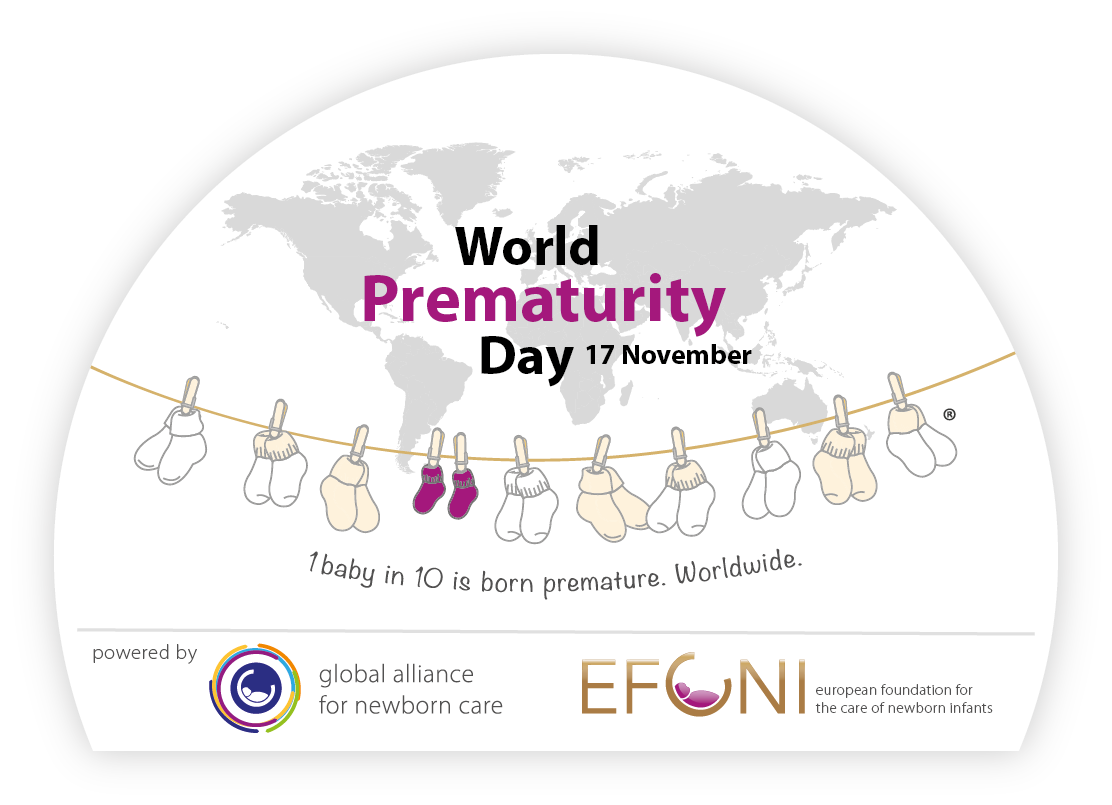World Prematurity Day: The importance of it and what it means
One in 10 babies across the world are born before the 37th week of pregnancy

On Wednesday, 17 November, people across the globe will observe World Prematurity Day.
The date marks the first time the European Foundation for the Care of Newborn Infants (EFCNI) met in Rome, Italy in 2008.
It was also the same day that a founding member of the EFCNI became a father to a daughter, after having lost his triplets due to preterm birth.
Since then, the date has been dedicated to raising awareness of premature births across the world.
Here is everything you need to know about World Prematurity Day.
What is a premature birth?
Premature or preterm birth is when a baby is born before the 37th week of pregnancy.
According to the World Health Organization (WHO), one in ten babies around the world are born before 37 weeks.
Preterm birth and complications that can stem from it is the cause of approximately one million deaths globally every year, according to WHO.
In the UK, around eight of every 100 babies are born before the 37th week of pregnancy.
There are different categories of prematurity.
A baby born before 28 weeks of pregnancy is “extremely preterm”, a baby born between 28 and 32 weeks is “very preterm” and those born between 32 and 27 weeks are “moderate to late preterm”.
Why is there a special day dedicated to preterm birth?
World Prematurity Day was established in 2008 to raise awareness of the complications associated with preterm births.
When a baby is born too soon, they may require special care because they might not be ready for life outside of the womb.
This means that some premature babies may have medical problems. A baby is typically more vulnerable the earlier they are born, UK-based pregnancy charity Tommy’s said.
What is the World Prematurity Day symbol?
The global symbol of World Prematurity Day is a tiny purple sock hanging amongst a line of nine full-sized baby socks.
The small pair of purple socks symbolises the one in ten babies who are born preterm across the world.

Purple was chosen as the colour of the sock as a representation of sensitivity and exceptionality, the ECFNI said.
What is this year’s theme?
This year’s theme is “Zero Separation, Act now! Keep parents and babies born too soon together”.
The Global Alliance for Newborn Children (GLANC), a network of organisations across the world working to support preterm babies, said the theme aims to raise awareness of the benefits of zero separation between babies and their parents.
“Since the global spread of the Coronavirus, and the introduction of measures against Covid-19, we saw many parents struggling with the very restricted or even prohibited access to the neonatal intensive care units due to the pandemic,” Silke Mader, chairwoman of EFCNI and founder of GLANC said.
WHO said: “Mother and infant should be enabled to remain together while rooming-in throughout the day and night and practice skin-to-skin contact, especially immediately after birth and during establishment of breastfeeding, whether they or their infants have suspected or confirmed Covid-19 coronavirus infection.”
Who is at risk of having a preterm birth?
In most cases, premature births happen on their own and doctors will not be able to diagnose a reason.
However, there are some factors which increase the risk of having a preterm birth.
According to Tommy’s, if you’ve given birth early before, you are more likely to have a preterm birth again. This risk becomes higher with each premature delivery.
People who have low levels of pregnancy associated plasma protein-A (PAPP-A) – a hormone made by the pregnancy during pregnancy – may have an increased chance of premature birth. Low levels of this may mean that the placenta does not work as well.
Research also suggests that people who become pregnant again less than six months after giving birth are “slightly more likely” to have a preterm birth, Tommy’s said.
A preterm birth may also be more likely for people who become pregnant using in vitro fertilisation (IVF) treatment.
There is also an increased risk of preterm birth in people who are pregnant with twins or triplets. According to Tommy’s, more than 50 per cent of twins and almost all triplets are born before the 37th week of pregnancy.
Preterm birth is also a common problem seen in pregnant diabetic people. Managing blood sugar levels well before and during pregnancy can reduce this risk.
In some cases, a preterm labour is pre-planned because it is safer for the baby. This usually occurs when there is a health condition in the mother or in the baby.
Which charities can you support?
Bliss Baby Charity is dedicated to caring for premature or sick babies born in the UK. Donate to the cause here.
Tommy’s supports and care’s for people throughout all stages of pregnancy, including those faced with preterm birth. Donate to the cause here.
Borne is a charity working to end premature birth by funding research into pregnancy and childbirth. Donate here.
Join our commenting forum
Join thought-provoking conversations, follow other Independent readers and see their replies
Comments
Bookmark popover
Removed from bookmarks